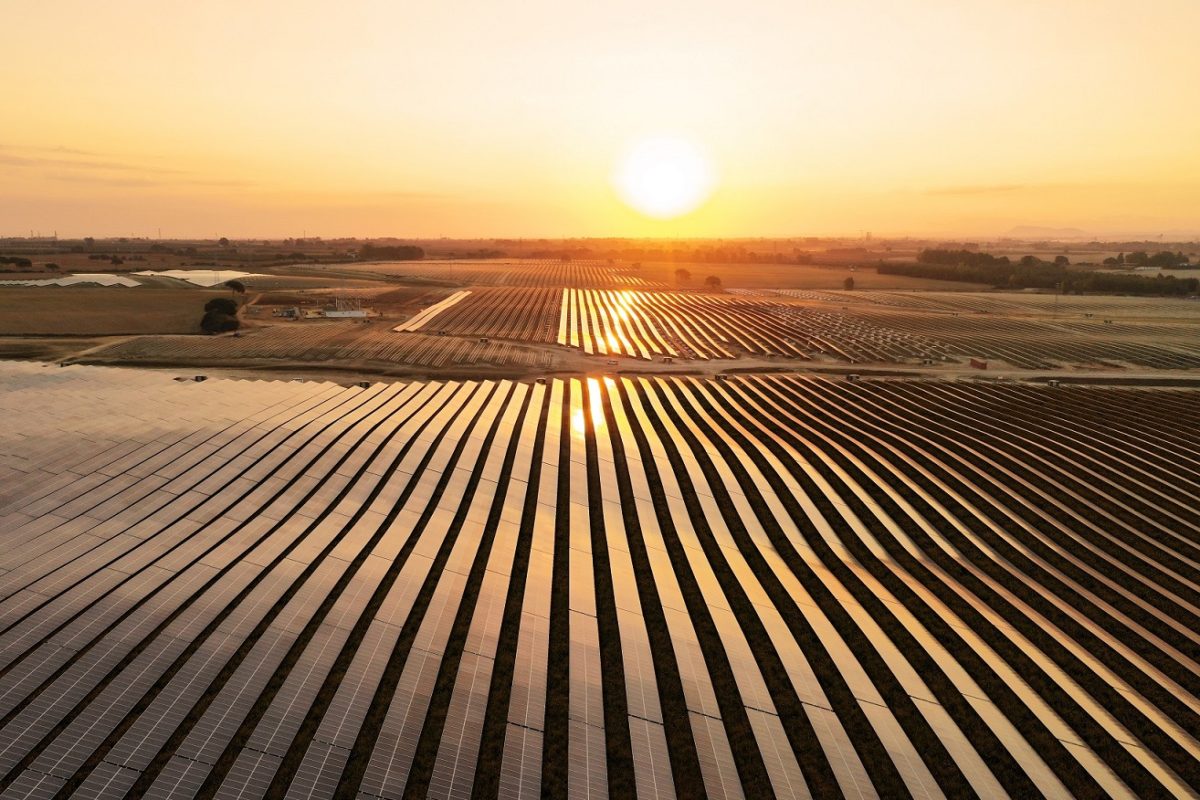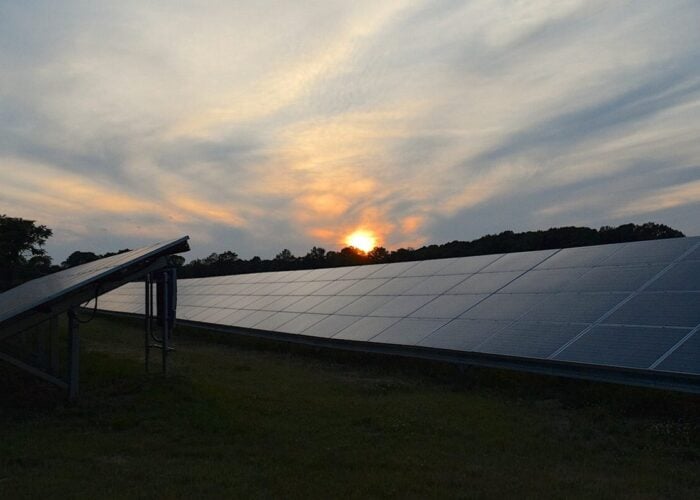
Solar’s embrace of subsidy-free models could push it in greater numbers towards owners with the experience to navigate power price swings, according to Wood Mackenzie.
In a recent report, the consultancy said some of the world’s developed solar markets could witness an asset management shift as merchant business models become more prevalent.
Try Premium for just $1
- Full premium access for the first month at only $1
- Converts to an annual rate after 30 days unless cancelled
- Cancel anytime during the trial period
Premium Benefits
- Expert industry analysis and interviews
- Digital access to PV Tech Power journal
- Exclusive event discounts
Or get the full Premium subscription right away
Or continue reading this article for free
The analysis found independent power producers (IPPs) topped solar asset sales in 2018, while institutional investors ranked first in terms of purchases last year.
As Wood Mackenzie solar analyst Rishab Shrestha noted, institutional financiers – a group typically comprising pension funds, insurers and others – increasingly see solar as a mature asset class.
According to the firm, institutional investors’ ascendancy as asset holders last year was especially marked in Europe, the Middle East and Africa, where they owned over half of region-wide solar capacity.
The exposure to unsubsidised business models could yet bring changes to the solar ownership landscape across developed markets, said Tom Heggarty, senior analyst at Wood Mackenzie.
According to him, the increasing reliance on merchant revenues could see projects become “less attractive” to risk-adverse institutional investors.
“We could see a greater role for large utilities, who will be more comfortable with exposure to wholesale power price risks,” Heggarty added.
Ownership fragmentation on the wane as solar goes large
For solar, the emergence of new financial suitors follows years of steep technology cost drops, pushing the industry nearer – or past – the grid parity mark all across the globe.
Particularly in Europe, the list of PV projects relying on power purchase agreements (PPAs) and uncontracted revenues grows every month, with some now backed by major banks.
Some have warned the industry’s rising acceptance of shorter, lower priced PPAs makes it more vulnerable to power price fluctuations, increasing the need to question optimistic forecasts.
Statkraft – the utility offtaker to BayWa r.e.’s subsidy-free Don Rodrigo series – said at Intersolar this year that investors may soon be ready to accept a 20-30% merchant share in their solar portfolios.
The talk on unsubsidised solar’s potential and pitfalls finds the market still fragmented in terms of ownership, according to the new figures from Wood Mackenzie.
Taken together, the top 10 solar owners worldwide only held 6.9% of global capacity as of the end of December 2018, analyst Shrestha pointed out.
The firm’s top 10 solar asset holder ranking for last year was led, in descending order, by utilities NextEra Energy, Southern Company and India’s ACME Group.
According to Shrestha, PV ownership fragmentation could however be on the wane as new investor moves – including Macquarie’s new clean energy 20GW pipeline – and auctions combine to bring scale to the market.
The prospects and challenges of solar's new era in Europe and beyond will take centre stage at Solar Media's Solar Finance & Investment Europe (London, 5-6 February) and Large Scale Solar Europe 2020 (Lisbon, on 31 March-1 April 2020).






